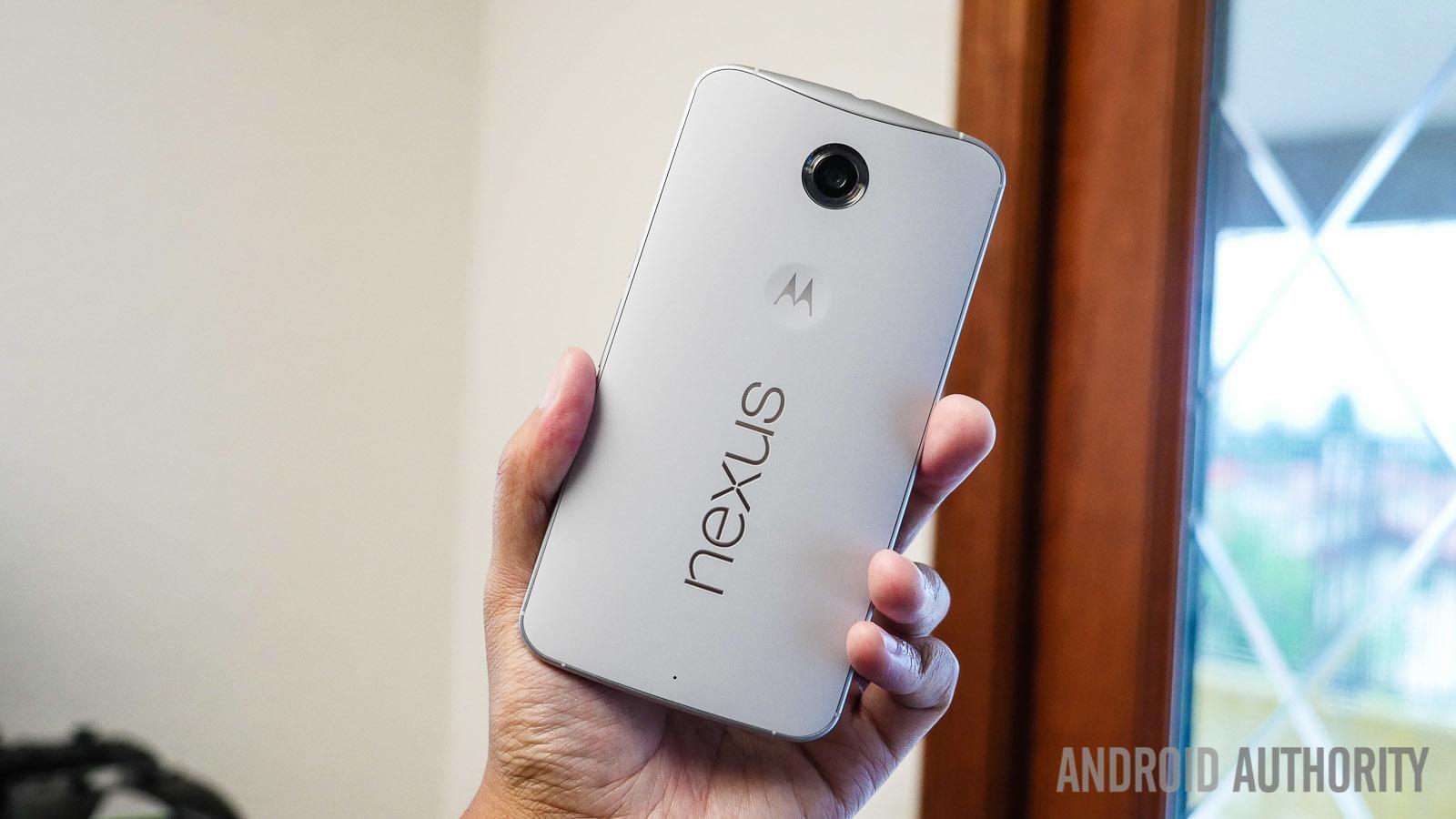Affiliate links on Android Authority may earn us a commission. Learn more.
Google reveals Nexus program has "seen a decline"
Published onApril 24, 2015

In a time when low-priced handsets were generally equated with less-than-impressive specs, the LG Nexus 4 arrived on scene, shaking up our expectations for ‘budget priced’ offerings. Since then, we’ve seen a number of OEMs undertake a similar quest to offer us excellent Android experiences without paying typical flagship prices.
While the Nexus 5 and Nexus 7 (2012 and 2013) continued Google’s low-price-high-spec mission, their most recent Nexus offerings have gone down a very different path. Instead, the Nexus 6 and Nexus 9 give us bleeding edge specs with fewer compromises and more upscale aesthetics. Another big difference between the Nexus 6 and its smartphone predecessors is that the former has seen a much bigger carrier push than ever before.
So how’s this new direction treating Google? According to Google CFO Patrick Pichette during the company’s Q1 2015 earnings call, it seems that the Nexus program is seeing some decline in performance.
As a little background, the Nexus sales are part of a category called “other revenues”, alongside other Play Store (Now Google Store) products. The “other revenues” category was up 23 percent year over year, reaching $1.8 billion, but that revenue was down 3 percent compared to the fourth quarter of 2014.
While that might not sound bad for Nexus at all, Pichette noted that the year over year increase was driven by growth of the Play Store, “offset by decline in Nexus, and the currency fluctuations. Year over year it hasn’t been as strong given the strength of the Nexus 7 last year.”
Does that mean the Nexus 6 and Nexus 9 have been unsuccessful?
It’s easy to take the news of a “declining sales of the Nexus” as a sign that Google shouldn’t have abandoned its low-price-high-spec mission, and while I absolutely loved this direction personally (as a N7 and N5 owner), it’s probably not as simple as that.
First off, we can’t say what’s responsible for this slow down. Pricing seems like an obvious factor, but the reality is that the Nexus 6 and Nexus 9’s form factors were a bit more niche than the 5-inch Nexus phone and 7-inch Nexus tablet released in 2013. The size of the displays could just as easily attributed to the less fervent reception. Personally, I would have paid premium pricing for a 5 to 5.5-inch Nexus, but have yet to make a switch to the Nexus 6 for fear it’s just too big for my own tastes.
It’s also important to remember that Pichette doesn’t mention the Nexus 5, only saying that performance isn’t as good as the Nexus 7 (2013). In a time when tablets were seeing substantial growth, the Nexus 7 (2012 and 2013) were excellent, low-cost options that helped really make the 7-inch category grow in popularity. Since that time, most consumers that want a tablet already have one, or have switched to a large screen (phablet) device as an alternative. Considering the fact tablets are a secondary device, existing tablet owners are less likely to upgrade yearly, and many tablet owners keep these devices for several years.
Bottom-line, even if the Nexus 5 and Nexus 7 had continued on with 2014 refreshes, there’s no guarantee that we’d be seeing any different results from the Nexus program. We really don’t have enough data to say if returning to their former direction would be positive, negative, or result in similar numbers now that the tablet market is slowing down a bit.
[related_videos title=”Nexus videos” align=”center” type=”custom” videos=”321316,566728,563891,251326″]
With all that out of the way, I personally believe that pricing did play a big factor, it just may not have been the only factor. What do you think?